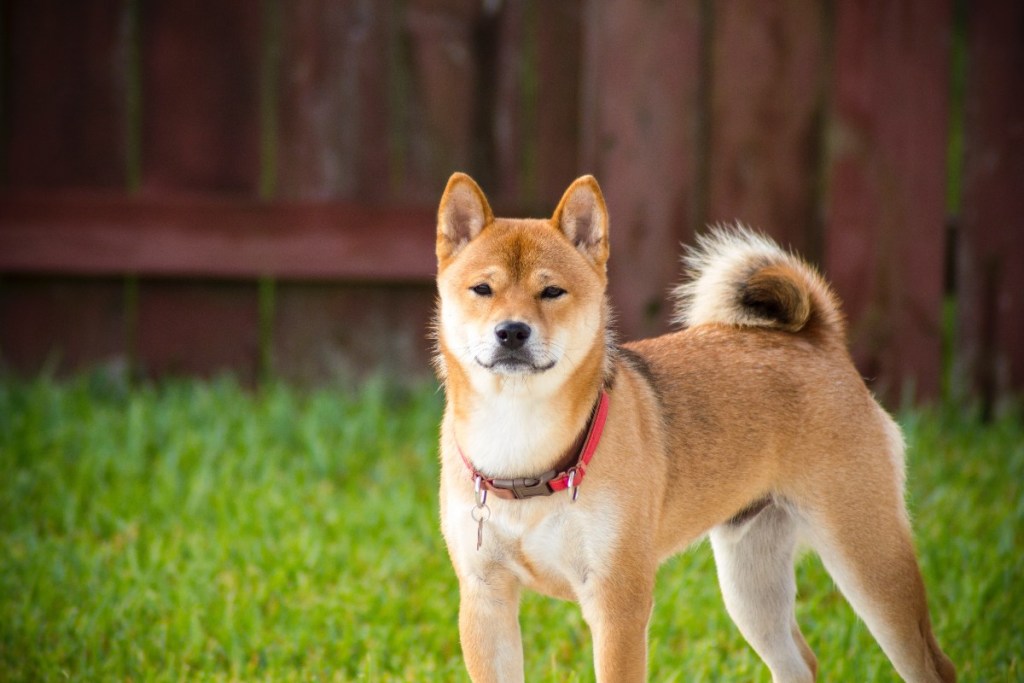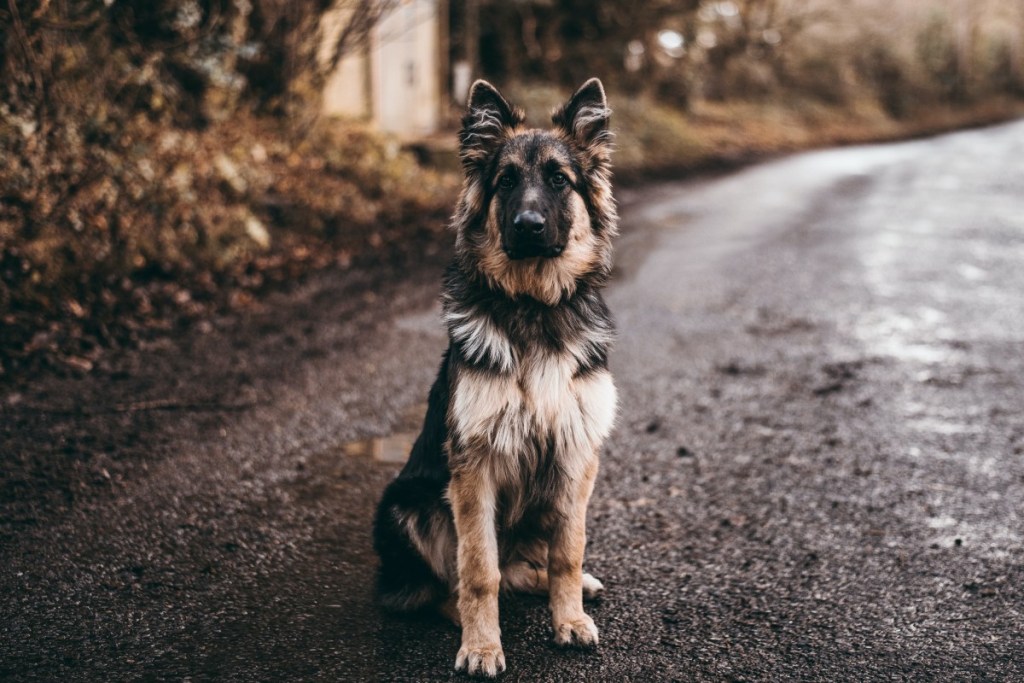Dogs are known for being a human’s best friend. Our pups love us unconditionally. Bad day at the office? Does your boss think your work performance is lackluster? Your dog respectfully disagrees. They’ll wag their tail when they see you walk through the door and shower you with kisses. They’re loyal and loving until the end.
Some people fall head over heels for larger dogs. Who can blame them? There’s more to love (literally). Some large breeds, like Labrador retrievers, make for great swimming, hiking, and running partners. Large breeds are also often great snuggle buddies — even if they feel like a ton of bricks in our laps and take up the entire bed. What’s more, some of the most loyal dog breeds are large ones.
Consider these eight breeds when searching for a true-blue forever friend.

What are the most loyal dog breeds?
Dogs tend to be loyal by nature. Some pets take it up a notch, though, including these large breeds:
Rottweiler
Female Rottweilers can weigh up to 100 pounds while males can hit up to 135 pounds. Every ounce of them loves every ounce of you. Rottweilers are known for being fiercely loyal and protective of their families. Though they can be guardians, a well-raised Rottie isn’t usually aggressive towards others. The American Kennel Club suggests training and socializing them early to help them become the best versions of themselves.
German shepherd dog
German shepherd dogs (GSD) are also known for their loyalty. Whip-smart and eager to please, German shepherds often nab jobs as service animals or bomb-sniffing dogs. They’ll also literally risk their lives for you, which is why some GSDs serve in the military. Of course, the best place for a GSD is safely by your side.
Pit bull
Pit bulls have gotten unfortunate reputations for being aggressive and vicious over the years. They’re actually lovable, affectionate, gentle, and loyal if raised properly, just like most any other dogs. Pit bulls love quickly and easily and are usually friendly, energetic companions.
Golden retriever
Golden retrievers are one of the most popular dog breeds in the US. It’s not just because of 1990s classic Air Bud, either. These adorable pups are typically great family dogs. They’re friendly, energetic, and loyal. Goldens don’t just make great best friends for adults, they’re often loving companions to young children as well.
Neapolitan mastiff
These big guys with wrinkles and rolls for days can weigh around 150 pounds and have served as guard dogs. Neapolitan mastiffs are softies at heart, though. Also known as Neos, these pups may be wary of strangers, but they love and remain true to their forever families.
Labrador retriever
Like golden retrievers, Labs are incredibly popular. Loyalty is a big reason people love their Labs, which typically have yellow, chocolate, or black coats. They’re usually faithful companions for the whole family — young children and other pets included. Labrador retrievers are cheerful, enthusiastic, bright, and eager to please, making them very trainable. Labs love you so much they are prone to separation anxiety, so make sure you give them plenty of love and hire a dog walker or sitter if you’ll be gone for several hours.
Akita
These muscular dogs stand tall at 24 to 28 inches, and they’re instinctually loyal to their humans. Because Akitas are so loyal, they need to be socialized and trained from an early age so they don’t take their instincts to protect you too far. Even with socialization, Akitas generally prefer to be kings or queens of the castle. In other words, they want you (and your couch) all to themselves and are best as only dogs.
Chinese shar-pei
These pups are loyal and energetic. Regular exercise, such as daily walks, and mental stimulation will bring you and your Chinese shar-pei even closer. Because they love you so much, they may be a bit wary of strangers. Be patient and expose your Chinese shar-pei to various experiences early in life so they feel more comfortable.

What are the most protective dog breeds?
Some dog breeds aren’t just loyal. They are also protective. What’s the difference? A loyal pup loves and wants to please you often, no matter what. A protective dog may display guarding instincts.
Protective dog breeds include:
- German shepherd dog
- Rottweiler
- Bullmastiff
- Cane corso
- Neapolitan mastiff
- Chinese shar-pei
Guarding tendencies aren’t always bad. However, if you notice your dog is showing signs of aggression, talk to your veterinarian. They can help you minimize the issue and recommend a trainer.
Researching dog breeds is a good way to get to know a dog’s potential personality, health risks, and needs. However, it’s essential to remember that dogs aren’t guaranteed to have specific traits because they are a particular breed. Each dog is an individual, and their upbringing will also shape their behavior and personality. Mixed-breed pups may inherit the best traits from many different kinds of dogs and make great companions. If you’re considering bringing a dog into your home, look into shelters, rescues, and reputable breeders. Then, schedule a meet-and-greet where you can get to know individual pets and find your true perfect match.
Editors' Recommendations
- Are ‘dog years’ really 7 human years? How to calculate your dog’s age
- Is your dog barking nonstop? Here’s how to get your noisy pup under control
- When can kittens leave their mom? Don’t separate them too early
- When do kittens’ eyes change colors? The answer is so cool – here’s what to know
- A simple guide to what to feed tadpoles in your aquarium




